Apple's tightly controlled ecosystem just hit another major crack, and this time it is happening in Japan. The latest iOS 26.2 beta reveals that Japanese iPhone users can now install alternative app marketplaces for the first time, marking a major expansion beyond the EU-only availability that has existed since early 2024. The shift follows Japan's regulatory push to loosen Big Tech's grip on mobile app distribution, with new legislation specifically targeting Apple and Google's market dominance.
The timing is not a coincidence, Japan's Mobile Software Competition Act Guidelines are set to take effect by December 18, 2025, and Apple appears to be moving ahead of the enforcement deadline. It reads like a pivot from last minute compliance to deliberate preparation. Here is what it means for iPhone users, developers, and Apple as global pressure keeps piling on.
What’s actually available in the iOS 26.2 beta?
Developer screenshots shared on social media show that Japanese beta testers can now install popular alternative stores like AltStore PAL and Epic Games Store. That makes Japan the first non-EU country to gain access to third-party app marketplaces, turning the country into a live testing ground for Apple’s post EU compliance playbook. Japan is also the 29th country worldwide to receive this functionality, and notably, the first non-mandated region where Apple chose to expand.
Apple’s implementation tracks the European playbook, a standardized approach that should make future rollouts less messy. The company first introduced alternative app marketplace support in iOS 17.4 and iPadOS 18 to comply with the DMA, and now it is essentially copying and pasting that framework to Japan. Translation, Apple has reusable compliance infrastructure it can deploy as new rules land.
There are quirks. Users can download apps from alternative stores, but Fortnite's in-app purchases remain region-blocked by Epic. Apple and third parties are still tuning the pipes, so core downloads first, sensitive revenue features later.
Apple released the first iOS 26.2 beta to developers on 2025-11-05 (Tuesday), with the public release scheduled for December. It should land with days to spare before the deadline, a calmer cadence than earlier scramble-and-ship cycles.
The regulatory pressure behind this change
Here is the nudge that forced the move. In June 2024, the Japanese parliament passed the Act on Promotion of Competition for Specified Smartphone Software, a law designed to reduce the dominance of major tech companies like Apple in the smartphone market. Lawmakers studied the EU’s headaches, then wrote rules aimed at closing loopholes that slowed Europe.
The framework goes beyond simply allowing alternative app stores. Under the new guidelines, platform operators like Apple and Google are prohibited from blocking or restricting alternative app stores and payment systems. The Japan Fair Trade Commission did not mince words, noting that existing anti-monopoly laws were not effectively regulating the smartphone market due to Apple and Google’s stranglehold.
The penalties have teeth. Companies that fail to meet these requirements could face fines of up to 20 percent of their relevant turnover, with penalties increasing to 30 percent for repeat violations. Given Apple’s billions in Japanese revenue, those percentages are not abstract, they bite, and they make proactive compliance cheaper than fighting.
What this means for developers and users
For developers, the opportunity is bigger than a new storefront. Epic Games has already announced plans to bring both Fortnite and its game store platform to iOS in Japan by late 2025. The real shift is in the plumbing, payment paths, system access, and visibility.
Money matters most. App developers will be allowed to use third-party payment services, which can cut fees and lift margins, especially for smaller teams. Just as important, third-party developers must have access to the same features as Apple’s own apps and services, including technologies like NFC for contactless payments. Expect experimentation in payments and device integration where Apple once held the keys.
Users will feel changes right at setup. The law includes provisions for users to change default settings via new choice screens during setup, such as selecting a default browser. It mirrors the EU in spirit, but on an iPhone that historically nudged you toward Apple services, this is a new on-ramp.
Choice screens tend to compound. Pick a non Apple browser on day one, and you are more likely to explore a non Apple store, payment method, or email client later. Those small decisions ripple across the experience.
The bigger picture, Apple’s global compliance strategy
Apple’s pacing in Japan suggests it learned from the EU’s rough edges and is now planning rollouts with less drama. The iOS 26.2 public release is expected to arrive in mid-December, just before Japan’s December 18, 2025 enforcement deadline. That buffer is new for Apple on this kind of regulation.
This timing also lines up with product road mapping. The company is preparing to launch 15 new products in 2026, including bigger Siri updates and new smart home gear. Folding regulatory work into standard development cycles is simply pragmatic.
Japan may also be getting a more collaborative Apple. Apple has stated it will continue discussions with Japan’s Fair Trade Commission during the implementation period, which frames regulators as stakeholders, not sparring partners. Even so, Apple’s philosophy has not budged. The company maintains its position that sideloading apps on iPhone and iPad poses security risks, so the compliance strategy is evolving while the core worldview stays put.
What comes next for the iPhone ecosystem?
The Japan rollout is more than a checkbox. It is a preview of how Apple’s ecosystem could look as more countries follow. As of this beta, Apple supports alternative app marketplaces in the EU and Japan — and has enabled (or approved) them in a total of around 29 countries, and other countries are expected to follow as courts and antitrust regulators continue issuing similar rulings. The pattern points to a world where Apple’s fully closed model is the exception in major markets.
The business impact stacks up fast. App Store commissions have been a reliable profit center, and alternative payment systems and app stores could erode these revenue streams across more regions. Harder still, Apple must juggle different rulebooks, each with its own definitions and penalties. What satisfies Brussels may not satisfy Tokyo, and future laws in places like India, Brazil, or South Korea could complicate things further.
Regulatory momentum looks set. The EU’s DMA gave others a template, Japan refined it, and more will iterate from there. Cascading pressure is the new normal.
The iOS 26.2 beta in Japan offers a concrete glimpse of a more open iPhone, where users choose where to get apps and how to pay. Whether that unlocks real competition that helps people and developers, or fractures the experience into regional patchwork, depends on execution by Apple, store operators, and app makers. My hunch, the next phase will be bumpy, then useful. What is certain is that Apple’s grip on the iPhone software experience keeps loosening, one rule at a time.





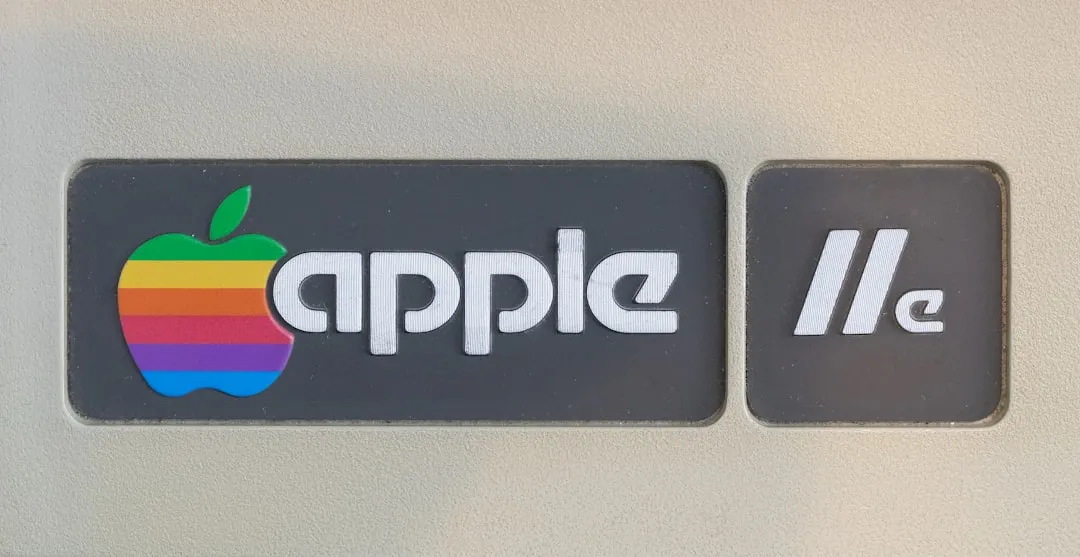



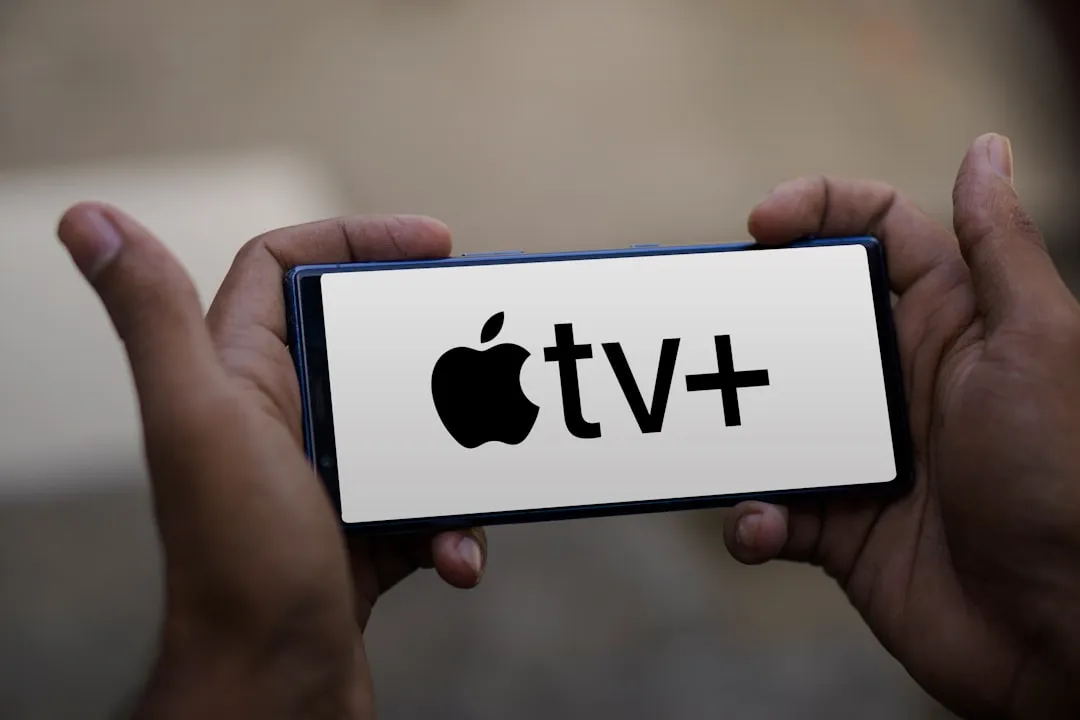
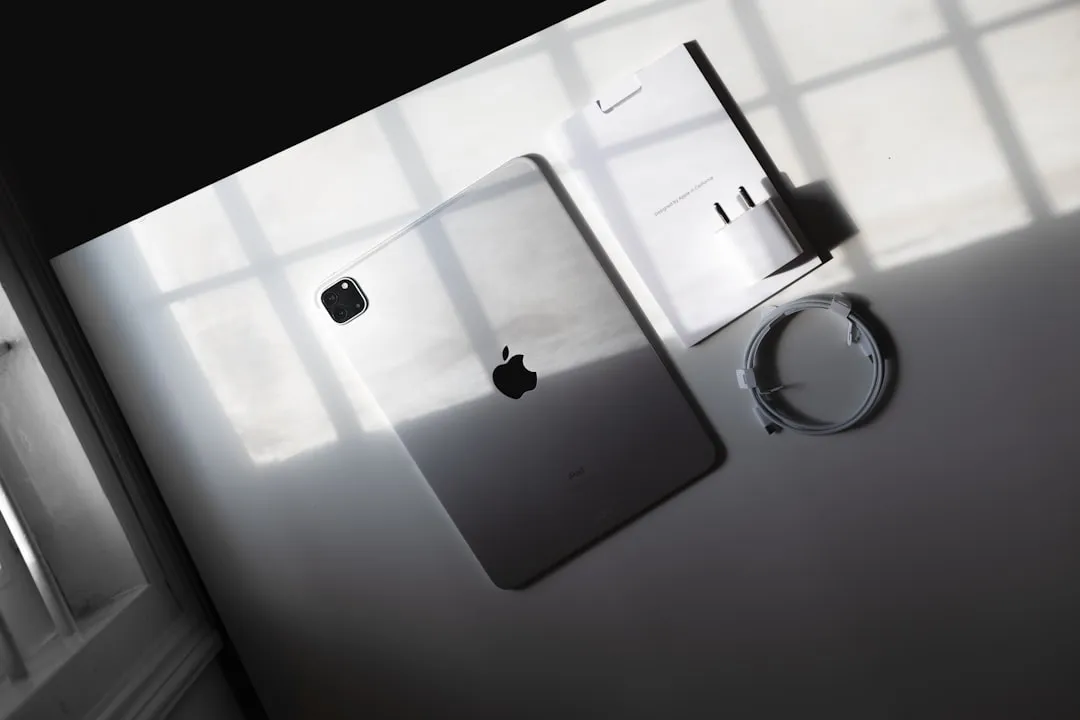


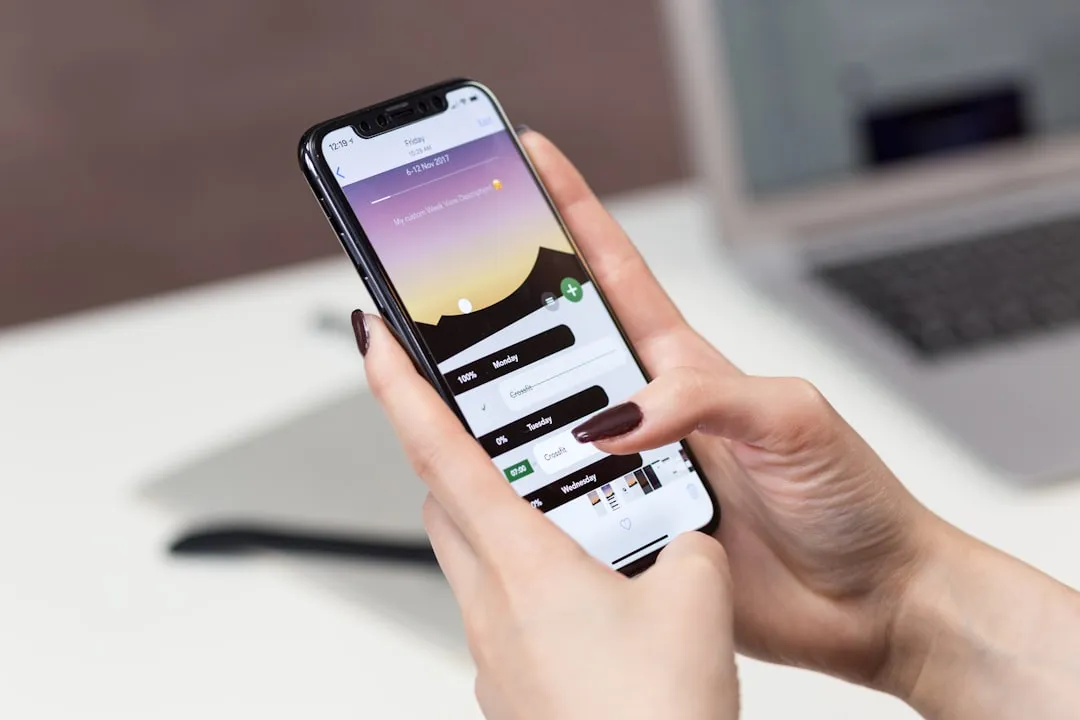

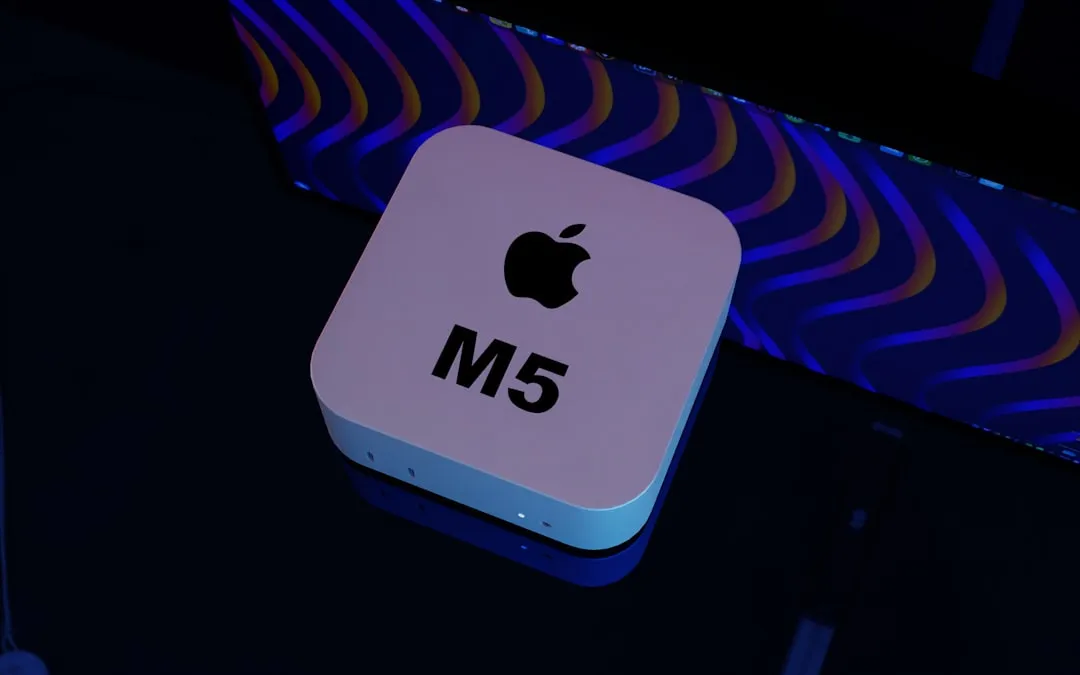
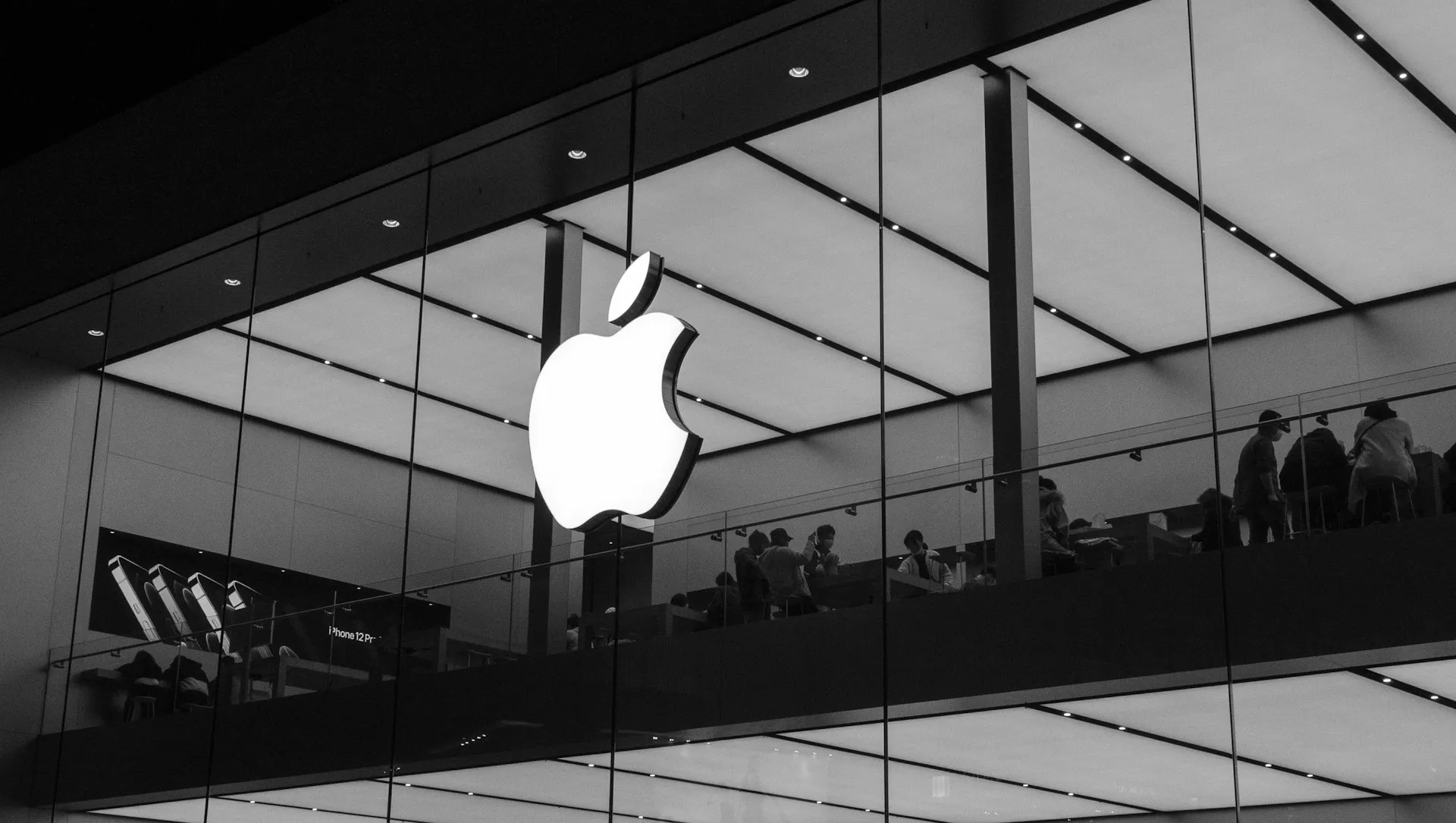

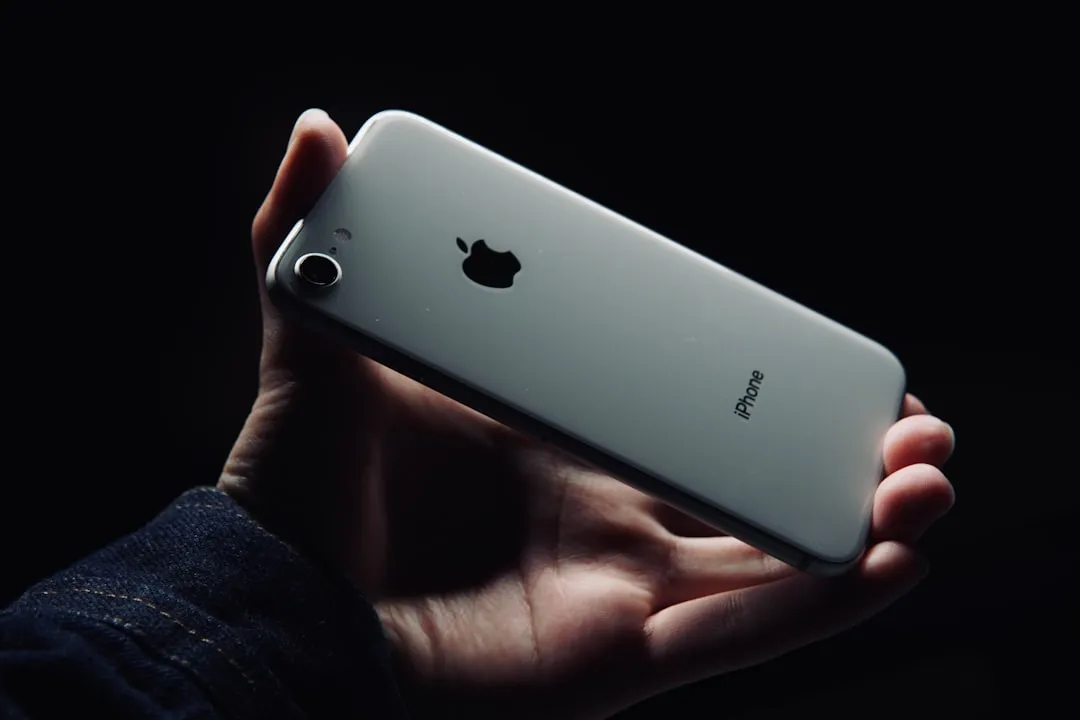

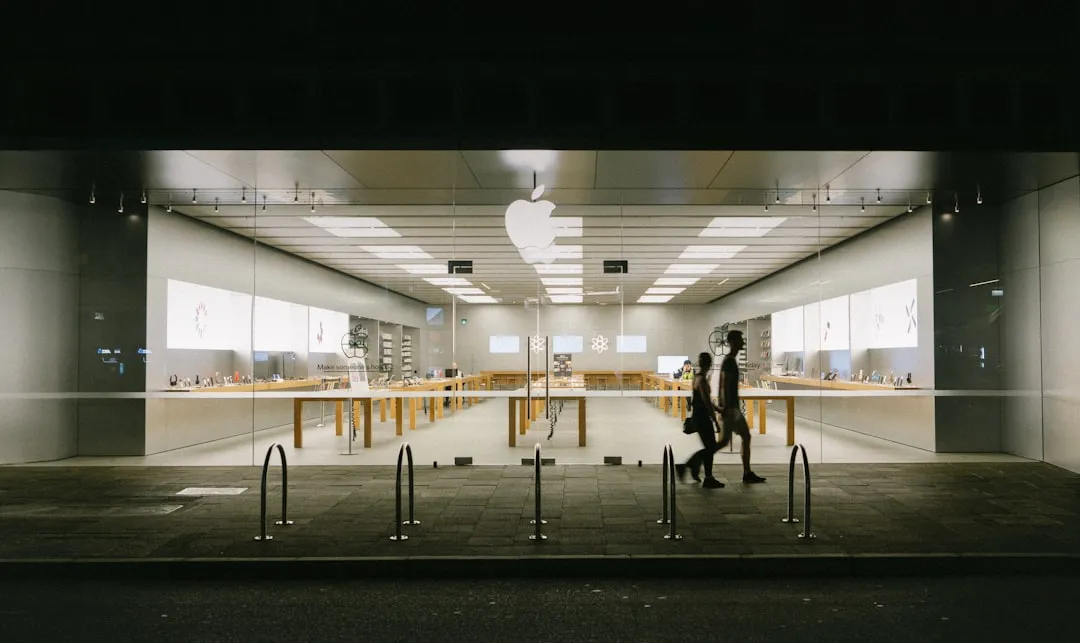

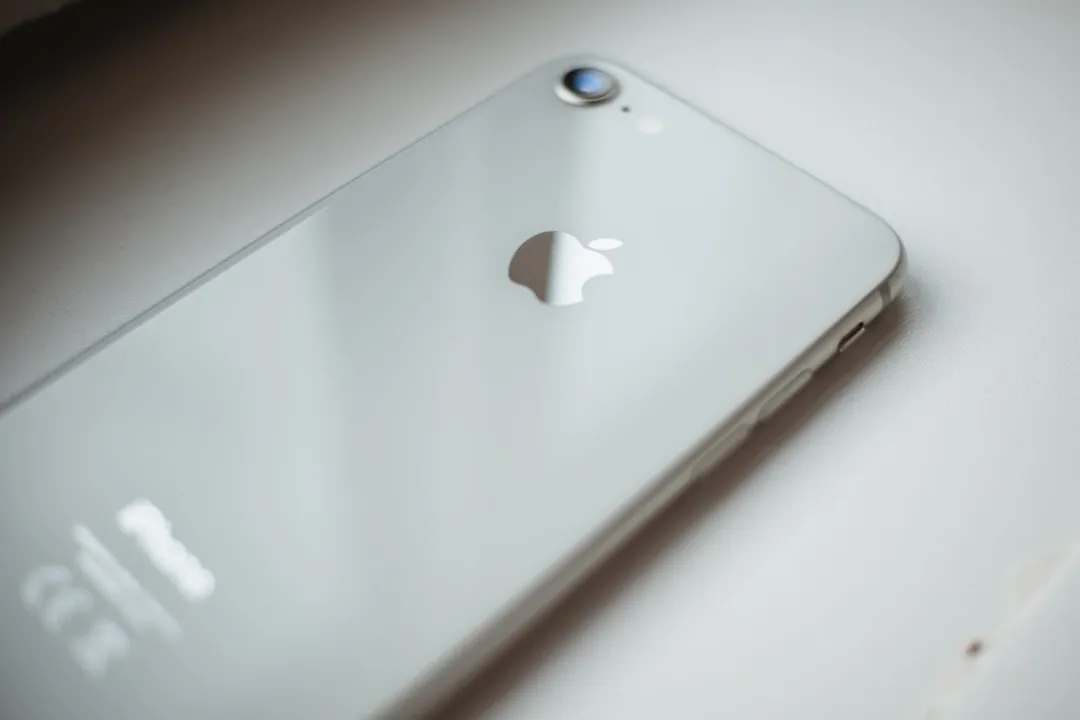
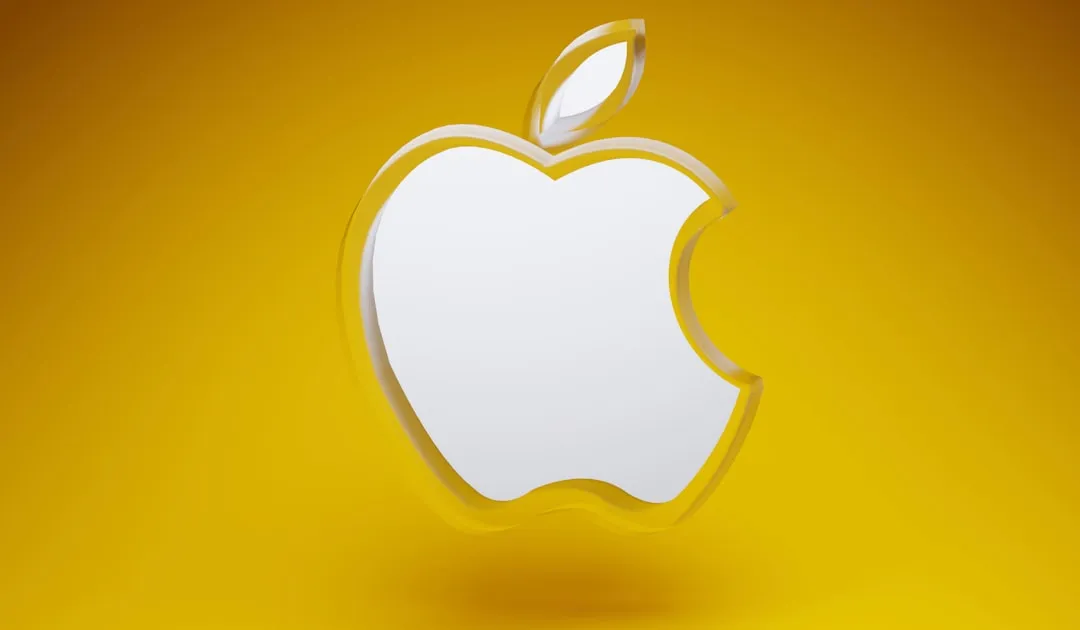
Comments
Be the first, drop a comment!